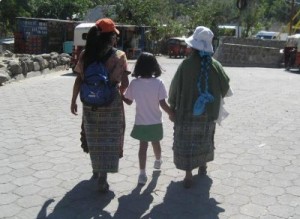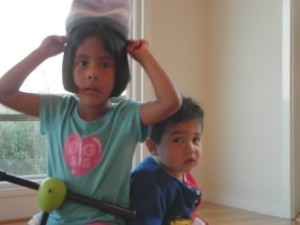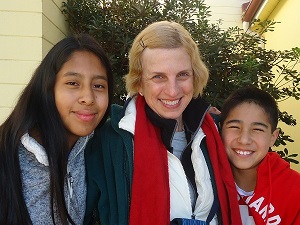For reasons we all know, adoptions between the US and Guatemala closed as of December 31, 2007. That means hundreds of adoptions in process at that time were stalled. In the intervening seven years, thankfully, the majority of those cases have been resolved.
However, as of December 1, 2014, nineteen of the original cases have not been resolved. Nineteen of the original cases still are pending.
Last year, the Associated Press stated that the Guatemalan government had created a task force to finish all adoptions by calendar-end 2013. That didn’t happen. I found the post I wrote about it then, dated September 27, 2013. Here’s an excerpt, pasted.
Sometimes, I’ll take out a calculator and estimate the number of work hours that have transpired since the shutdown began, and try to imagine how it’s even possible to drag out a process for so long. Say a person works 30 hours a week, for 40 weeks per year. (I’m estimating generous vacation and legal holidays.) That’s 1,200 hours annually, which over five years, equals 6,000 hours. For one person, one single employee working on a case. And surely many more than one are assigned to process adoptions.
Anyway, you can see how crazy-making it becomes, for me who simply is observing, much less for families trapped in the never-ending Mobius strip of changing rules and requirements… Then, yesterday, the Associated Press unleashed onto the world this bold announcement:
“Guatemala’s ambassador to the United States says a task force recently created in his country will help expedite the pending adoptions of 115 Guatemalan babies.
Ambassador Julio Ligorria says in a letter that the goal is to complete the pending adoptions by U.S. couples by year’s end.
…
Etc.
When I think about this situation, I think of my own children, adopted from Guatemala. One of things they crave most is stability, routine, predictability, a world they can trust. What must it be like for the children whose lives have been on hold for seven years? Here, but not here. There, but for now. These people, for a few days. This place, although not forever. Somewhere else. Someday. Maybe.
Here’s hoping that 2015 will be the year the remaining 19 adoptions are resolved, permanency is granted to the children whose lives are in limbo, and the ordeal ends for the waiting families.


 ShareThis
ShareThis



 ShareThis
ShareThis

